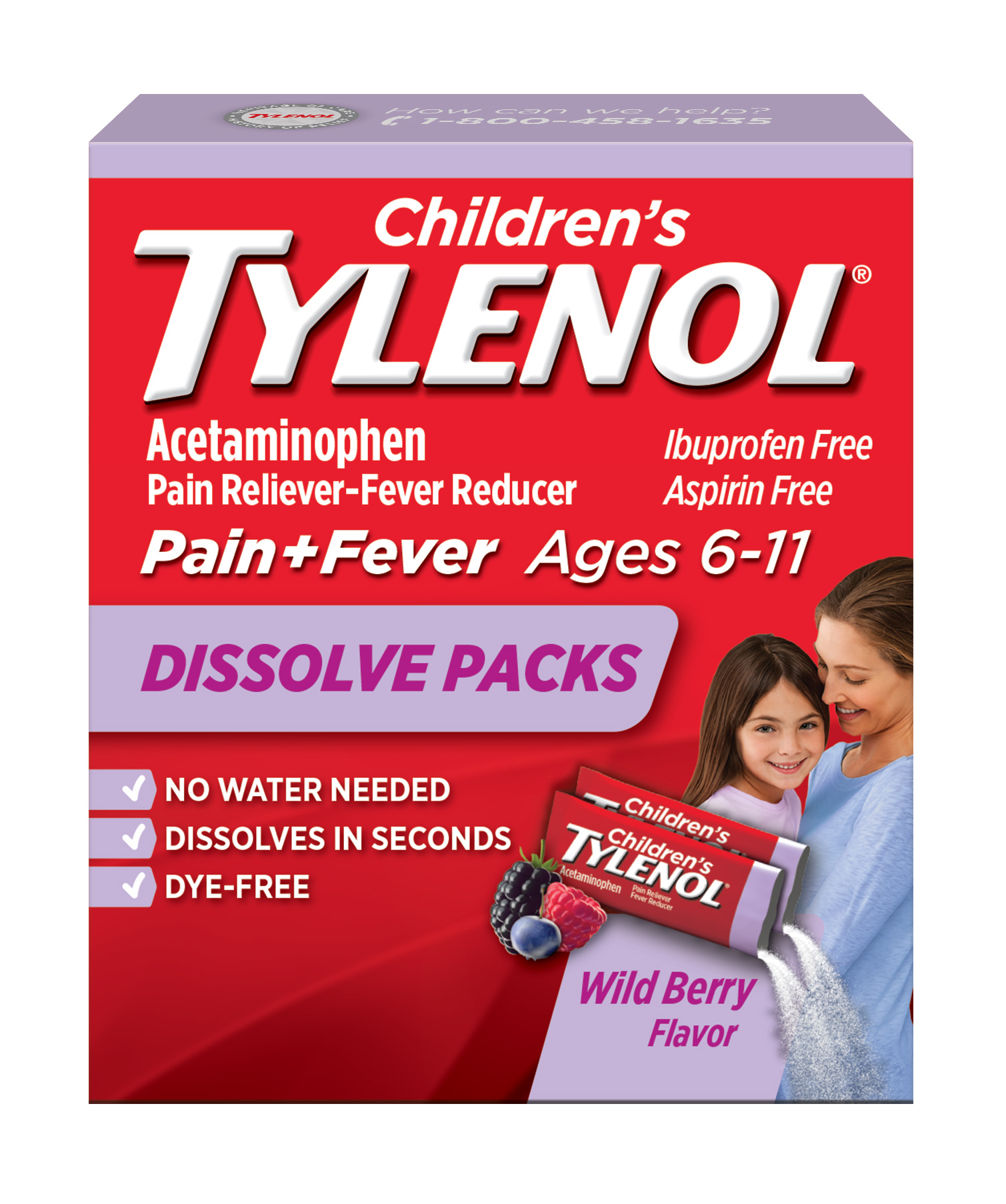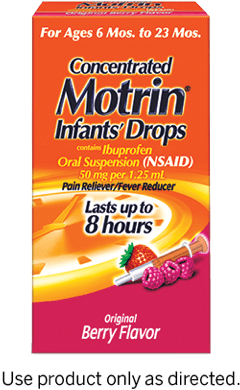

When acetaminophen is used in therapeutic doses, most of the drug is metabolized via glucuronidation and sulfation a very small amount of acetaminophen is metabolized to NAPQI by the hepatic enzyme cytochrome P450 2E1 (CYP2E1). 4Īcetaminophen hepatotoxicity is caused by the formation of a toxic metabolite, N-acetyl-p-benzoquinoneimine (NAPQI). 3 In the United States, two concentrations of liquid formulations of acetaminophen for infants are now available, further increasing the risk of incorrect dosing. With the advent of many combination analgesic medications, the potential for unintentional overdose has increased.

2 Potentially toxic doses are those that are greater than 150 mg/kg/dose in children and greater than 7–10 g/dose in adults. The toxicity of acetaminophen overdose has long been recognized. The patient remained clinically well and did not show evidence of long-term consequences of the accidental overdose. The patient was discharged home after 48 hours, to follow up with his community physician. The N-acetylcysteine infusion was stopped after completion of the 21-hour protocol. At that point, no acetaminophen was detectable in the patient’s blood serum. Liver indices were repeated 25 hours after the ingestion (18 h after the infusion of N-acetylcysteine had started) and remained normal. The patient was monitored on the general pediatrics floor and continued to breastfeed well. A standard intravenous N-acetylcysteine protocol was started with 150 mg/kg of N-acetylcysteine mixed in 12 mL of 5% dextrose (3 mL/kg) and infused over 60 minutes, followed by 50 mg/kg of N-acetylcysteine mixed in 40 mL of 5% dextrose (10 mL/kg) and infused over 4 hours, then 100 mg/kg of N-acetylcysteine in 80 mL of 5% dextrose (20 mL/kg) infused over 16 hours. Treatment was started within eight hours of the overdose.

Given that the patient had received more than the toxic dose of 150 mg/kg and because the four-hour blood concentration level of acetaminophen was in the probable toxicity range on the Rumack–Matthew nomogram, treatment with N-acetylcysteine was recommended. The regional poison control centre was consulted.

Blood gas, international normalized ratio and partial thromboplastin time tests were not conducted. Complete blood count, electrolytes and renal function tests were normal. Total bilirubin level was 20.4 (normal 3–17) μmol/L, glucose level was 5.7 (normal 4–8) mmol/L and albumin level was 33 (normal 32–45) g/L. The acetaminophen blood concentration drawn four hours after the overdose was substantially elevated at 1243 (upper end of therapeutic range 66–199) μmol/L. At that point, the mother commented that “it seemed like a lot of medicine,” and the error was discovered. The child underwent his circumcision, and, following the procedure, the physician instructed the parents to give him another dose of acetaminophen if he seemed uncomfortable. The child was given 10 mL, or about half of the bottle, with the intent of giving him 40 mg. The bottle of acetaminophen showed a concentration of 80 mg/mL, which was misinterpreted by the parents, in that they believed that the bottle contained 80 mg of acetaminophen in total. The patient’s weight was 4.1 kg thus, this was an intended dose of 10 mg/kg. The parents had been instructed, by their physician, to give him 40 mg of acetaminophen before bringing him to the hospital for the procedure. On the day of presentation, the patient had been given about 800 mg (200 mg/kg) of acetaminophen by his parents before circumcision. Prior to the overdose, the baby had been well. The pregnancy had been complicated by pregnancy-induced hypertension, treated with labetalol. The patient had been born at 40 weeks’ gestation after an uneventful delivery to a gravida 1 mother. A 22-day-old male neonate was referred to our emergency department from a community hospital after realization that an acute acetaminophen overdose had occurred, following routine circumcision.


 0 kommentar(er)
0 kommentar(er)
